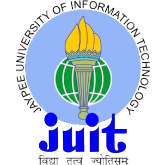Vernacular Heritage practices for Earthquake resilient Structures in Himalayan Region
Abstract:
The indenting Indian Plate collided with Eurasian Plate and formed the youngest and loftiest mountain chain known as the Himalayas. This collision and convergence resulted in crustal shortening and accommodation along major tectonic boundaries like the South Tibetan Detachment System (STDS), Main Central thrust (MCT), Main Boundary Thrust (MBT), and Himalayan Frontal Thrust (HFT). Continued Northward convergence of the Indian Plate and its under plating beneath the Eurasian Plate gives rise to high seismic activity in the region. It can be grouped under Zone V of the seismic zonation map of India. The occurrence of strong (6 < Mw < 7), major (7 < Mw < 8), and great (Mw + 8) earthquakes are common in the Himalayan region with the 1897 Assam-Shillong (Mw 8.2-8.3), the 1905 Kangra (Mw – 7.8), the 1934 Bihar-Nepal (Mw – 8.4), the 1950 Assam (Mw 8.5-8.7) has ruptured Himalayan regions. These earthquakes led to ground shaking and are responsible for structural damages and ground failures around the epicentral region.
Himalaya also offers a panorama of building technology that evolved through human civilization. It started with stone houses, an adaption, and innovation with a “stone-only” environment to incorporate wood structures. Initially, stone houses had a placement in flat stones one over another with less mortar. The placement of flat stones comes basically from the structural ability of the building structure. Initially, when they made the stone walls, the roofs have been light. Later, the rooftops started with a heavy slate roof upon half logs. The load of the heavy insulating roofs was placed upon the lower frame with room to roll on it, where the load's motion dissipated. Rigidly connecting limitations have always been avoided. Instead, an integrated platform at the top supported the loose weight through beams, which have taken care of stress building due to even a little movement. The structural joints in the wood structure were also designed without the lockdown by nails. A combination of decoupled elements, flexibility, and judicious stiffening has been used to produce an elegant example of intuitive engineering design.
In some of the buildings, the layered roof provided insulation, and its weight stabilizes the masonry wall with a central column anchoring the entire structural system. Houses often have irregular placement of beam compared to the systematic idealization. Many ridge beam fits into the grove. The top of this column holds the central roof ridge beam in a complex groove cut to fit both the logs and the ridge beam. The movable joints allow the tolerance for both weather shrinkages and expansion of wood and movements due to ground shaking (earthquakes). Using the motion of individual structural elements to fight ground motion is the crucial element for earthquake-resilient building structures.
The buildings and houses that survived many centuries of weather and earthquakes testify to the clarity of thoughts and the mastery of materials available then. This mastery is a dying art with very few practitioners remaining, and therefore there is a need to document the Vernacular practices and adaption in the modern-day building skills.

 An International Conference on Structures, Material and Construction 2021
An International Conference on Structures, Material and Construction 2021

 An International Conference on Structures, Material and Construction 2021
An International Conference on Structures, Material and Construction 2021